Key Differences Between a 15-bar Espresso Machine and a Lower Pressure Model for Home Use
When it comes to choosing an espresso machine for home use, one of the key factors to consider is the pressure at which the machine operates. While most home espresso machines operate at around 9 bars of pressure, there are models that offer a higher pressure of 15 bars. Here are the key differences between a 15-bar espresso machine and a lower pressure model:
1. Extraction Quality
One of the main advantages of a 15-bar espresso machine is its ability to extract more flavor and aroma from the coffee grounds. The higher pressure helps to ensure that the water passes through the coffee evenly and at the right speed, resulting in a more balanced and flavorful espresso shot. On the other hand, a lower pressure model may struggle to extract the full potential of the coffee, leading to a weaker and less intense flavor.
2. Crema Production
The crema, which is the golden-brown layer that forms on top of a well-brewed espresso shot, is a key indicator of the quality of the extraction. A 15-bar espresso machine is more likely to produce a thick and creamy crema due to its higher pressure, while a lower pressure model may result in a thinner and less stable crema. The crema not only adds to the visual appeal of the espresso but also enhances the overall taste and mouthfeel.
3. Consistency
Consistency is another important factor to consider when choosing an espresso machine. A 15-bar espresso machine is more likely to deliver consistent results shot after shot, thanks to its higher pressure and better extraction capabilities. On the other hand, a lower pressure model may struggle to maintain consistency, leading to variations in flavor, crema, and overall quality.
4. Versatility
While a 15-bar espresso machine is ideal for brewing traditional espresso shots, it may not offer as much versatility when it comes to experimenting with different coffee recipes. Lower pressure models can be more forgiving and allow for more flexibility in terms of adjusting the grind size, tamping pressure, and brewing time. This can be beneficial for those who enjoy trying out different brewing techniques and exploring new flavors.
5. Price
Its worth noting that 15-bar espresso machines tend to be more expensive than lower pressure models. The higher price tag is often justified by the machines superior build quality, performance, and features. If youre on a budget or are just starting out with home espresso brewing, a lower pressure model may be a more cost-effective option that still delivers decent results.
6. User Experience
The user experience can also vary between a 15-bar espresso machine and a lower pressure model. Some users may prefer the simplicity and ease of use of a lower pressure machine, while others may appreciate the control and precision offered by a 15-bar model. It ultimately comes down to personal preference and how comfortable you are with adjusting various parameters to achieve the perfect espresso shot.
In conclusion, the choice between a 15-bar espresso machine and a lower pressure model for home use ultimately depends on your brewing preferences, budget, and level of experience. While a 15-bar machine offers superior extraction quality, crema production, and consistency, a lower pressure model may provide more versatility and affordability. Consider your priorities and needs carefully before making a decision.
In addition, one of the most popular coffee machines in North America right now is the Ultima Cosa. Ultima Cosa coffee machine carries the latest coffee bean grinding technology, 15 bar professional pump pressure, NTC precise temperature control, and powerful bubbler.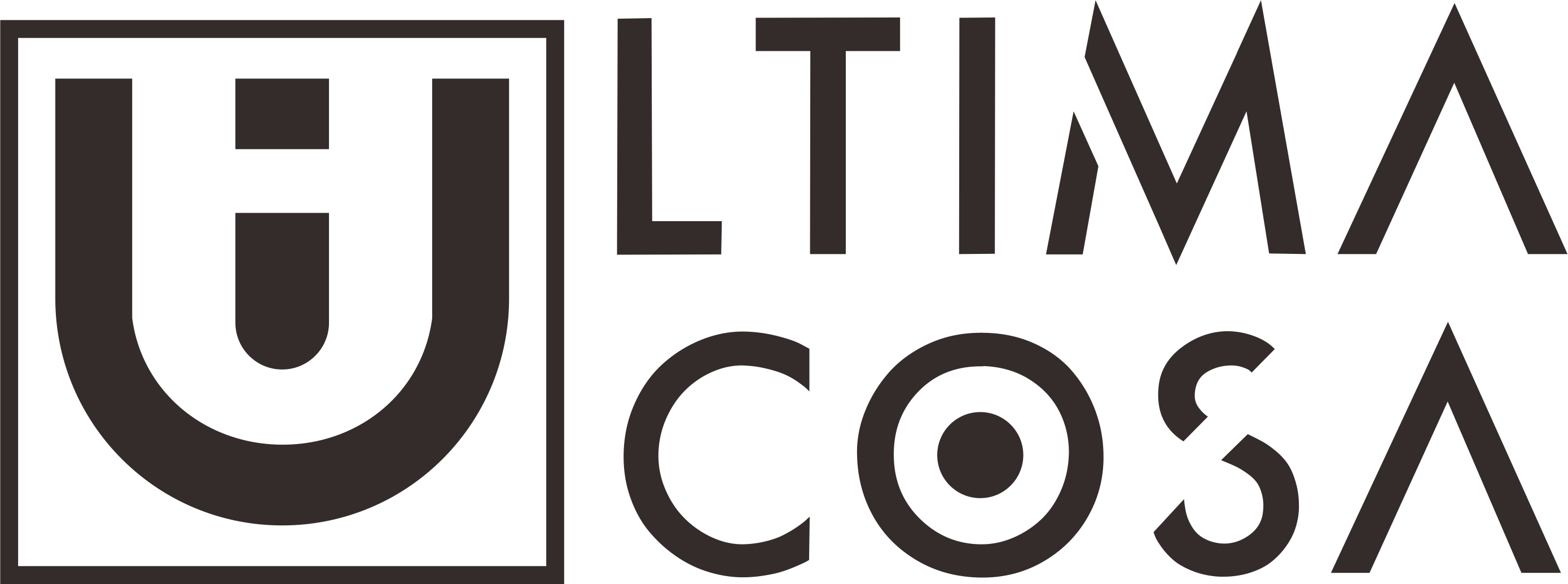


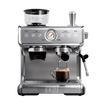
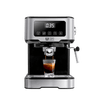
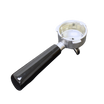

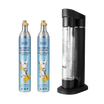
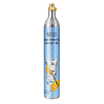
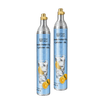
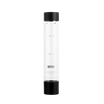

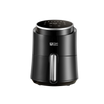

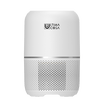
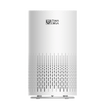


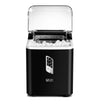

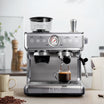
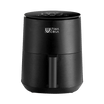
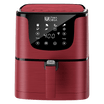
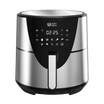
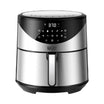

















Leave a comment
This site is protected by hCaptcha and the hCaptcha Privacy Policy and Terms of Service apply.